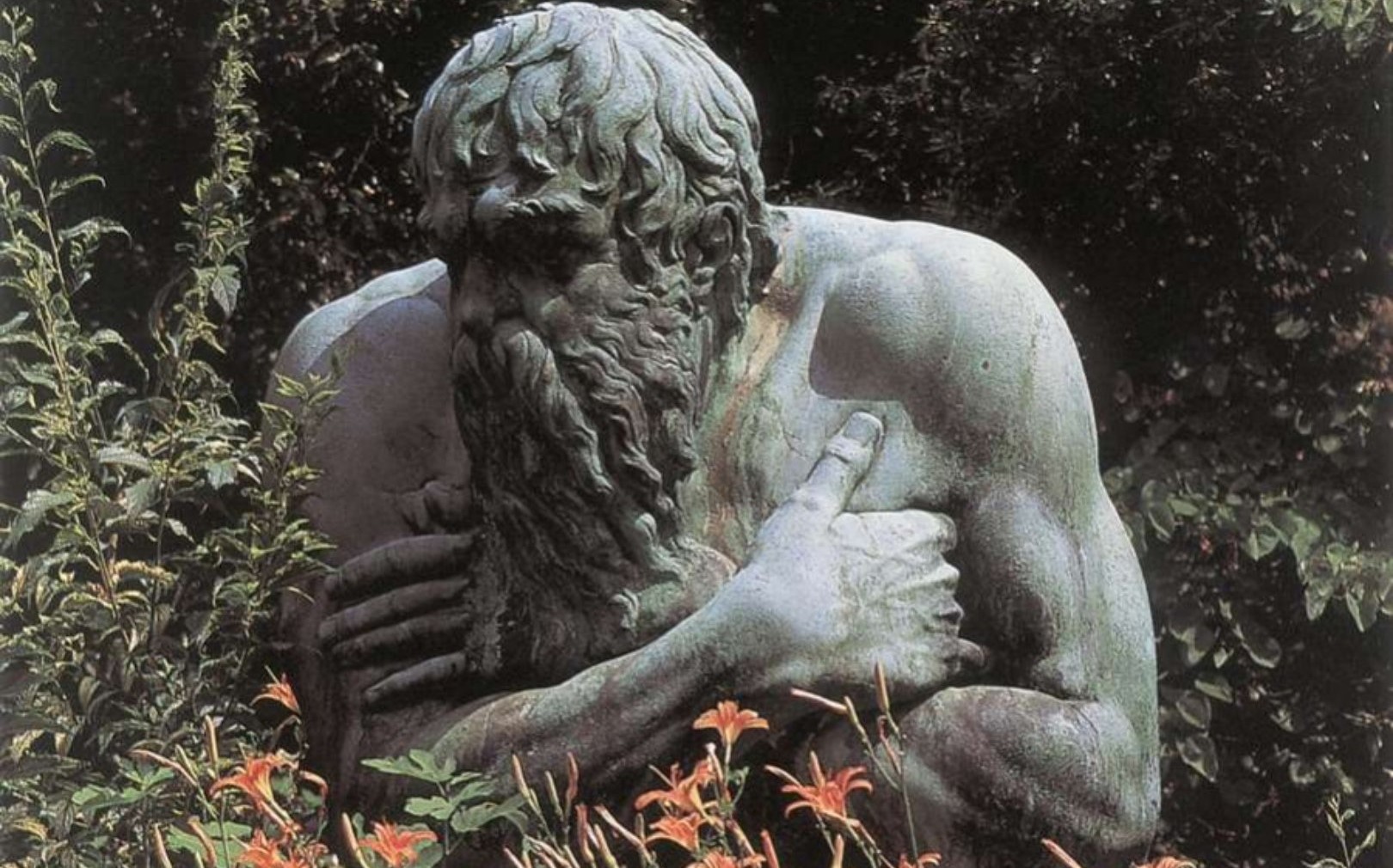One of the important representatives of Mannerism: Who is Bartolommeo Ammanati?
In his last years, he had to write an article stating that he regretted his non-religious works. He was forced to cover up or eliminate their naked figures.

(1511-1592) Italian sculptor and architect. He is one of the leading representatives of Mannerism. He was born in Settignano. He died in Florence. He is believed to have worked with the Stagio Stagi in Pisa. His first work is an altar arch in the cathedral of this city. The artists he was most influenced by were Michelangelo and Jacopo Sansovino. He helped Sansovino, with whom he began working around 1540, in the construction of St Mark's Library in Venice. After 1550, he worked with Vasari and Vignola at the Villa Giulia in Rome, built for Pope Julius III. He completed the Sta Trinita Bridge in Florence, one of his best-known works, between 1567 and 1570. Later, in the same city, he realized the fountain in Signoria Square, which is considered the most important product in the field of sculpture. In his last years, under the influence of the Counter-Reformation, he had to write an article stating that he regretted his secular works. He was forced to cover up or eliminate their naked figures.
Bartolomeo Ammannati (18 June 1511 – 13 April 1592) was an Italian architect and sculptor, born at Settignano, near Florence. He studied under Baccio Bandinelli and Jacopo Sansovino (assisting on the design of the Library of St. Mark's, the Biblioteca Marciana, Venice) and closely imitated the style of Michelangelo.
Ammanati was under the influence of Mannerism, which was especially prevalent in Florence in the 16th century. Unlike the balanced and integrated products of the High Renaissance, the figures in his works are quite thin and exaggeratedly elongated. The large statue of Neptune in the middle of the Signoria Square Fountain is like a slightly softened adaptation of Michelangelo's mighty figures. The various bronze nymphs that surround this marble statue, on the other hand, show a delicacy and liveliness appropriate to the aristocratic tastes of the period. Ammanati's innovation-seeking bent is also evident in the Santa Trinita Bridge. In this bridge, the artist used a pointed arch, but kept the angle of the crown quite wide, rendering it almost obscure. These flattened, wide arches of the bridge approach the shape of an ellipse. The features of the bridge, which was built by making use of scientific data extensively, were adopted by gaining a widespread reputation at that time and were applied in various later works.
Mannerism, Italian Manierismo, (from maniera, “manner,” or “style”), artistic style that predominated in Italy from the end of the High Renaissance in the 1520s to the beginnings of the Baroque style around 1590. The Mannerist style originated in Florence and Rome and spread to northern Italy and, ultimately, to much of central and northern Europe. The term was first used around the end of the 18th century by the Italian archaeologist Luigi Lanzi to define 16th-century artists who were the followers of major Renaissance masters.
Typical features of Mannerism are seen in Ammanati's works. Aesthetic concerns often precede sobriety and precision in natural appearances; Sometimes there are uncertainties. The artist, besides having absorbed the understanding and taste of his period competently, showed a rich creative talent, thus, he became one of the most influential representatives of Mannerism, which already includes innovation tendencies.
WORKS:
Pitti Palace Courtyard, 1558-1570;
Trinita Bridge, 1567-1570;
Signoria Square Fountain, 1571/-1575;
Rome Jesuit College, 1582-1585.
---------------------------------------
What is mannerism?
https://www.nga.gov/features/slideshows/mannerism.html
